Western Algarve
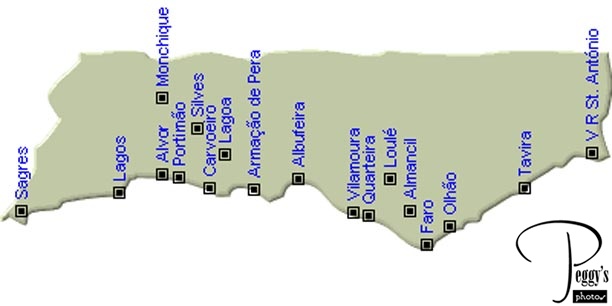
I woke up very tired but was still out at the bus stop across from my hotel at 8 a.m. to be picked up for an escorted day tour to the Western Algarve––to Lagos and Sagres, where I had already been, and to Monchique and Silves, where I had not been. The tour is also advertised as “Historical Algarve.” Those of us getting on at Vilamoura (me and several British) were picked up almost first.

Western Algarve
Albufeira
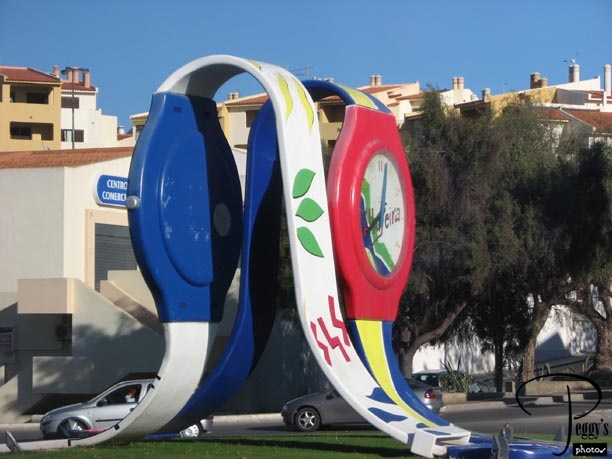
Art welcoming us to Albufeira, the main tourist town of the Algarve. We picked up a large number of people (British) here. However, their hotels were on a hill, somewhat far from the ocean, and we did not see much of Albufeira.

Albufeira
On the Road
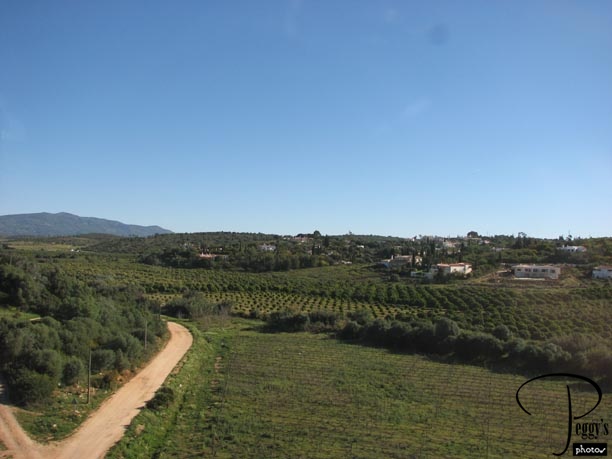
Even though I had been on this route before with my Globus tour group, I had a different view as I sat on the opposite side of the bus than before. Countryside of the Algarve.

On the Road
Lagos
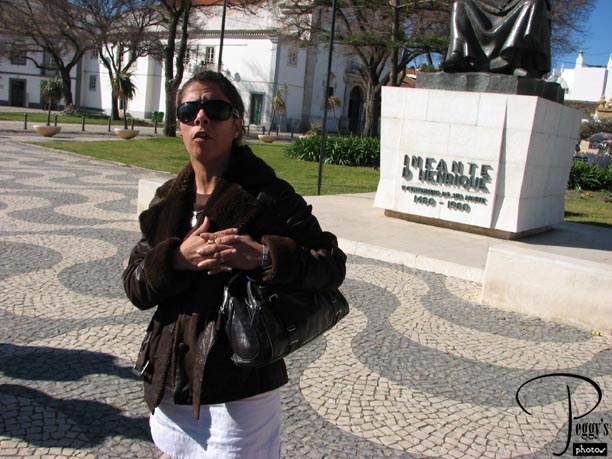
After we picked up all the tour passengers, making almost a full bus load, our first stop was Lagos. This is Anna, our tour guide (a different Anna, not yesterday’s Anna).

Lagos
Lagos
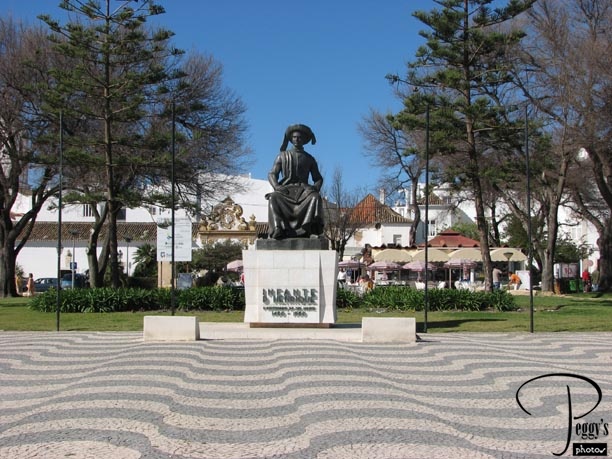
The statue of Prince Henry the Navigator in the Praca Infante Dom Henrique.

Lagos
Lagos
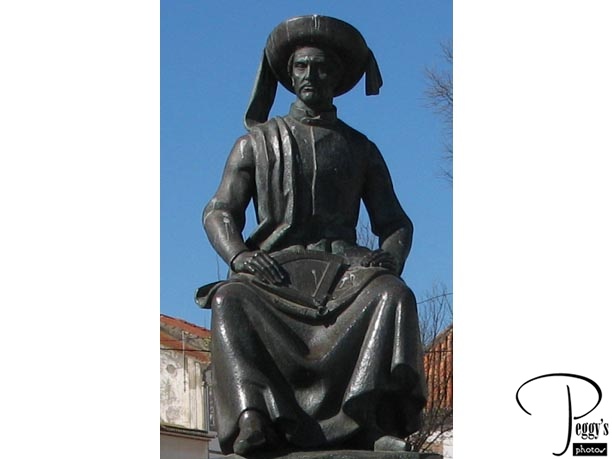
A close–up of Prince Henry.

Lagos
Lagos
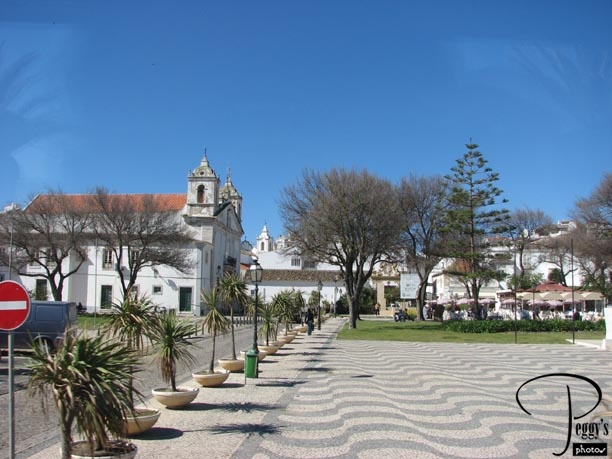
More of the Praca Infante Dom Henrique, with the 16th–century Church of Santa Maria on the left.

Lagos
Lagos
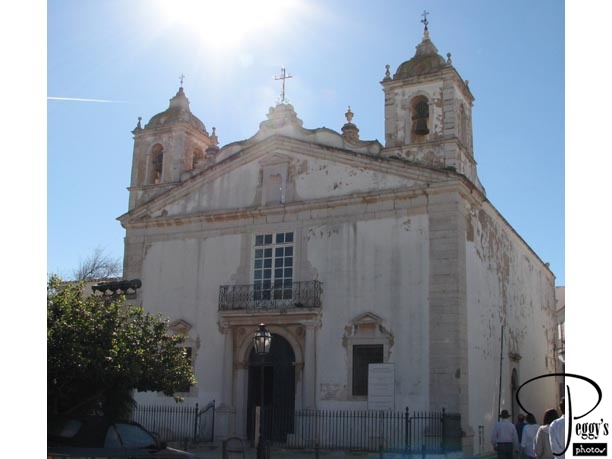
The front of the Church of Santa Maria.

Lagos
Lagos
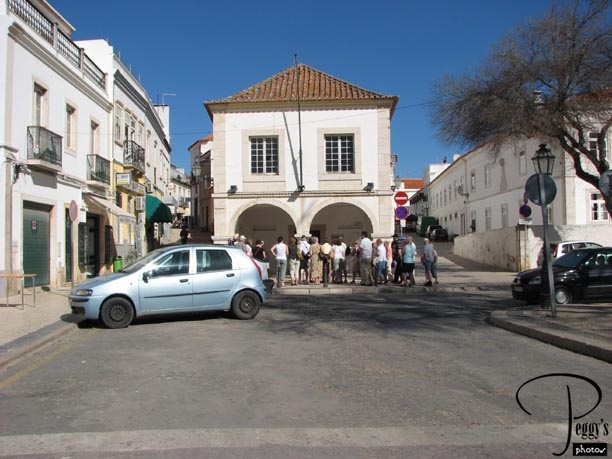
On the other side of the Praca Infante Dom Henrique was the site of the first slave market in Europe (building with the two arches). One of Henry’s explorers brought back the slaves from the Sahara and they were sold here.

Lagos
Lagos
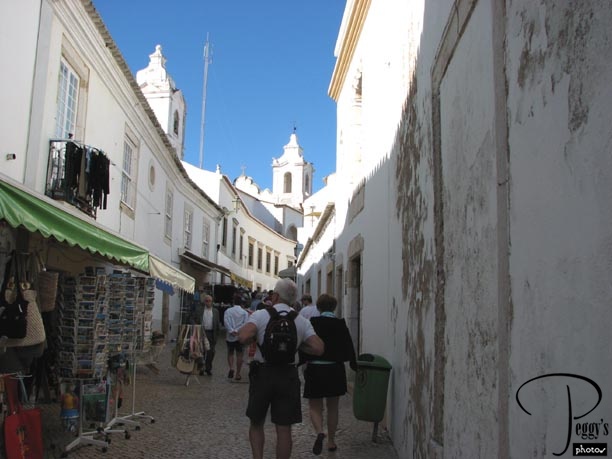
Walking to the Church of Santo Antonio. This is where the stores in Lagos are that sell ceramics. If I visited this part of Lagos when I was first here, I would have easily found them.

Lagos
Lagos
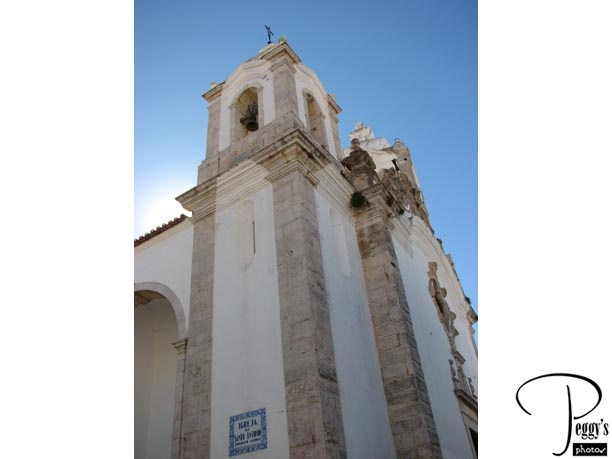
The Church of Santo Antonio. The street was narrow here and taking a good photo of the church was difficult. The church was rebuilt in part after the 1755 earthquake.

Lagos
Lagos
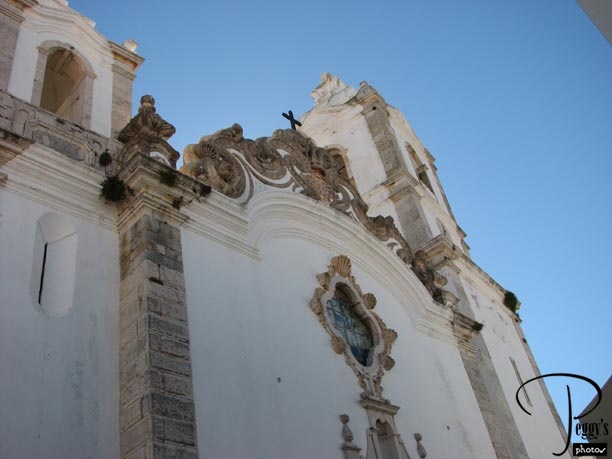
Another view of the church.

Lagos
Lagos
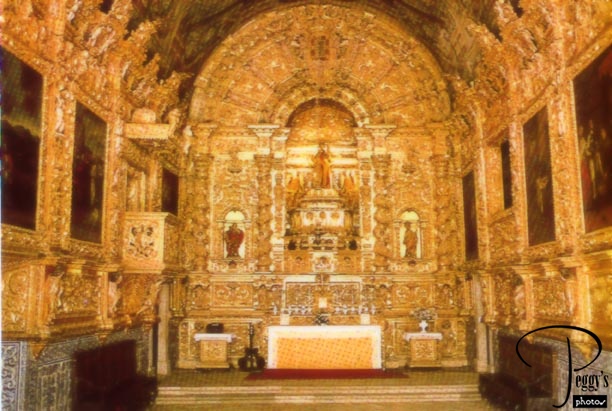
No photos were allowed to be taken inside the church, so I have scanned some photos from a book I bought about it. The inside of the church was magnificent––most of it covered with gold. Anna told us that the altar wall is covered in 24–carat gold.

Lagos
Lagos
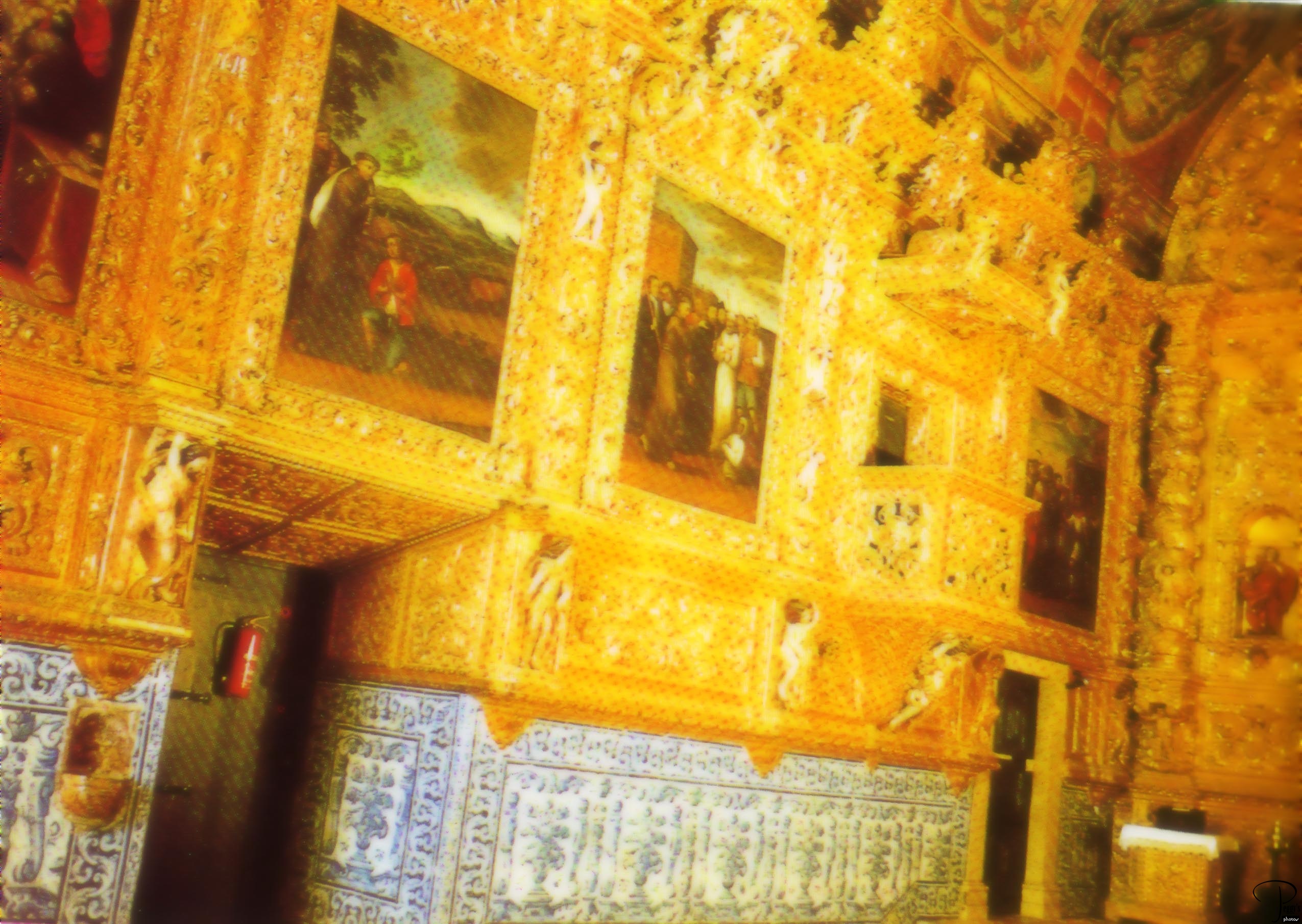
And its other walls in 18–carat gold. Blue and white tiles line with bottom walls.

Lagos
Lagos
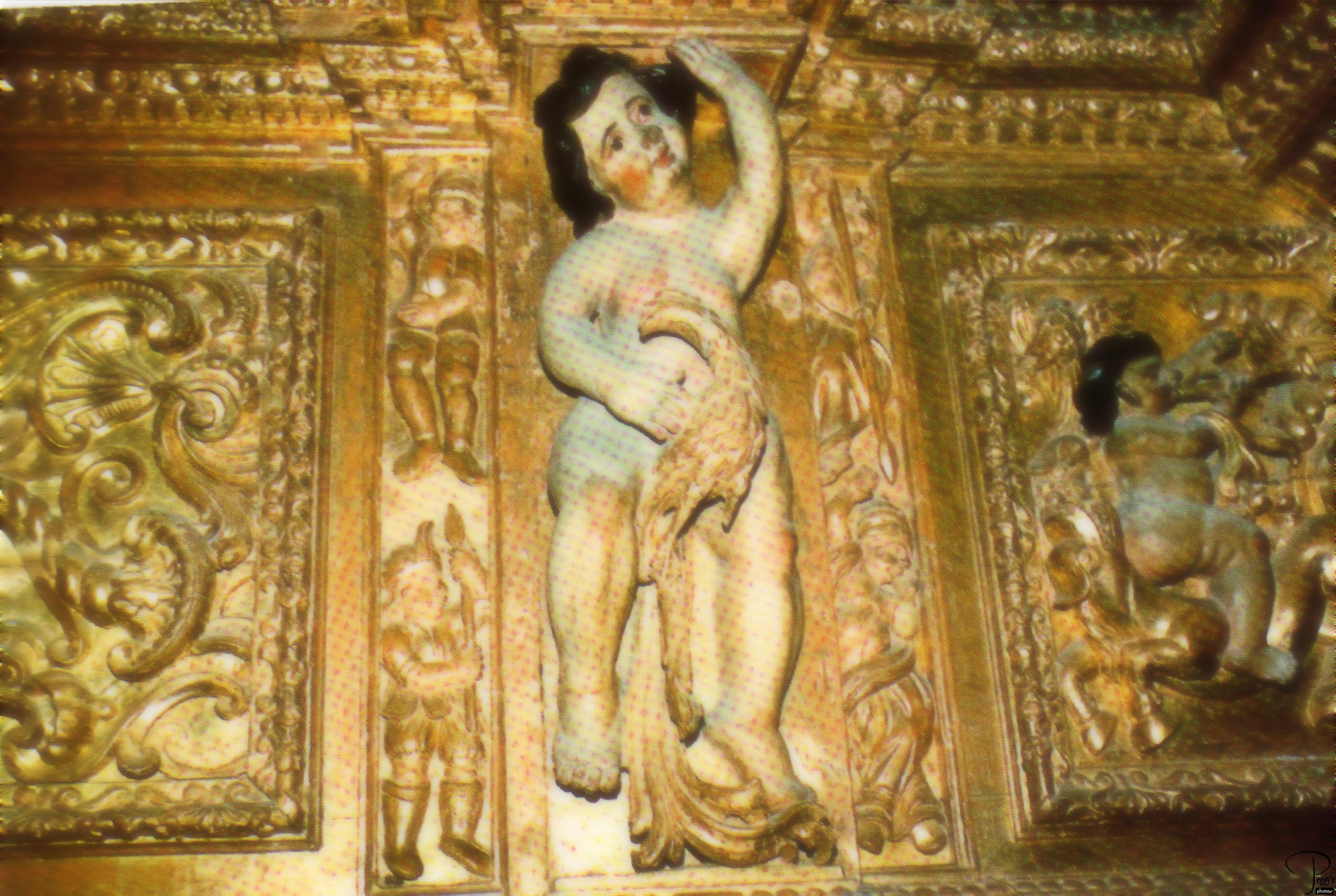
Another feature was many Baroque carvings. This photo shows one.

Lagos
Lagos
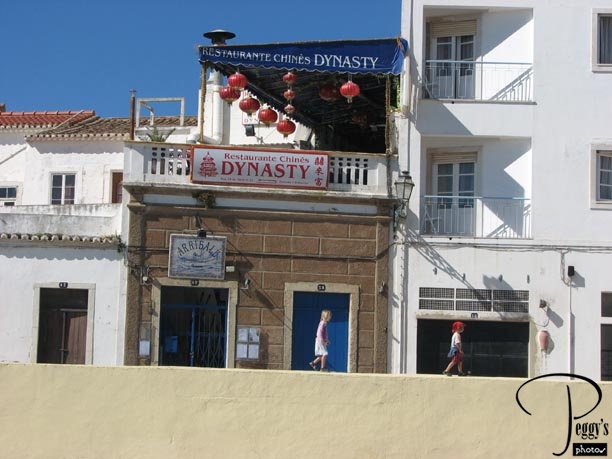
We were given some free time and, of course, I went into some of the ceramic stores and came out with some purchases. I saw this interesting building near the Praca Infante Dom Henrique––on the top, is the Chinese Dynasty restaurant; on the bottom, is the Arribale bar serving tapas. I also watched these two young children walking on the wall––it didn’t seem to bother their parents who were walking ahead of them.

Lagos
Lagos
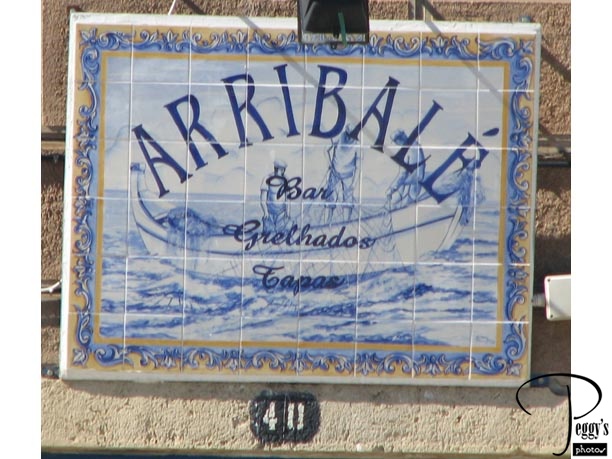
The bottom restaurant’s tiled name plate. I haven’t been able to find out what “Grethados” means.

Lagos
Lagos
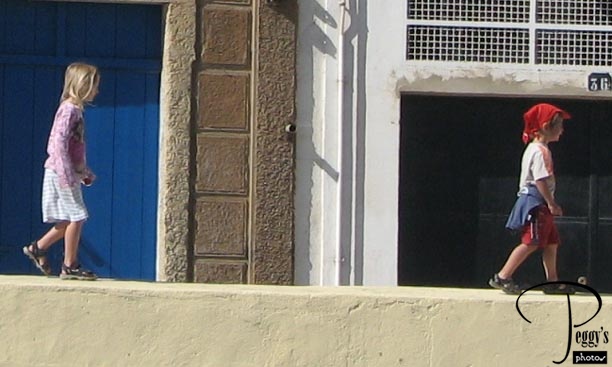
Close–up of the children wall walkers.

Lagos
Lagos
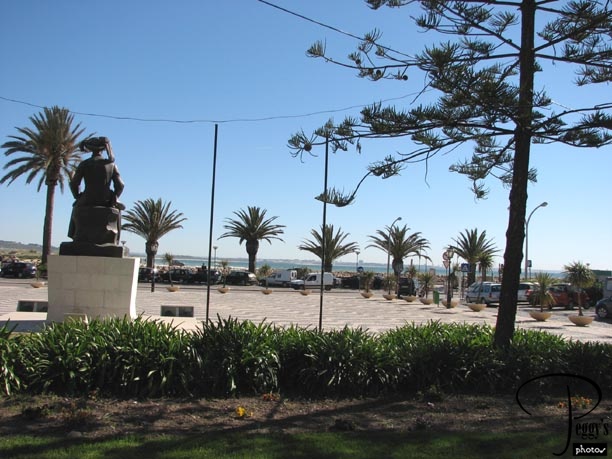
Looking out to sea as is the statue of Henry the Navigator.

Lagos
Lagos
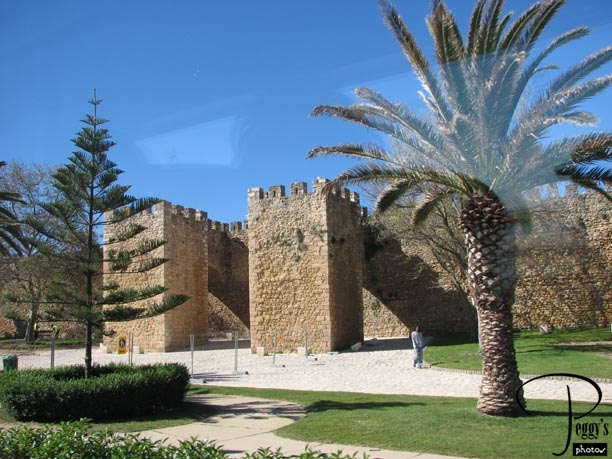
The Forte Pontada Bandeira on the way out of Lagos.

Lagos
On the Road
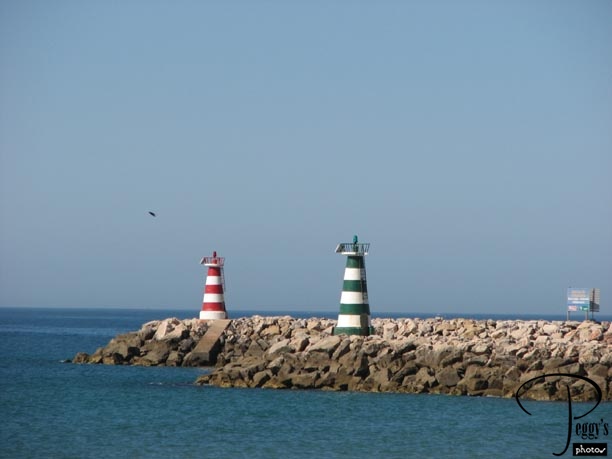
Back on the road to Cape St. Vincent.

On the Road
Sagres

We passed the small Nossa Senhora da Graca, a church built by Henry the Navigator.

Sagres
Cape St. Vincent

was already at Cape St. Vincent with my Globus tour group. This time I got a better photo of its lighthouse.

Cape St. Vincent
Cape St. Vincent
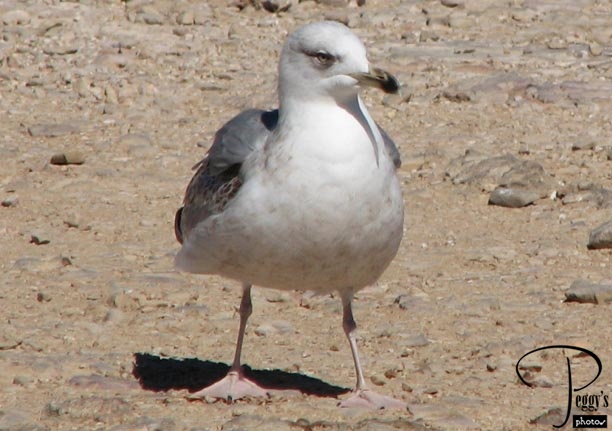
And this photo of a cute seagull.

Cape St. Vincent
Cape St. Vincent
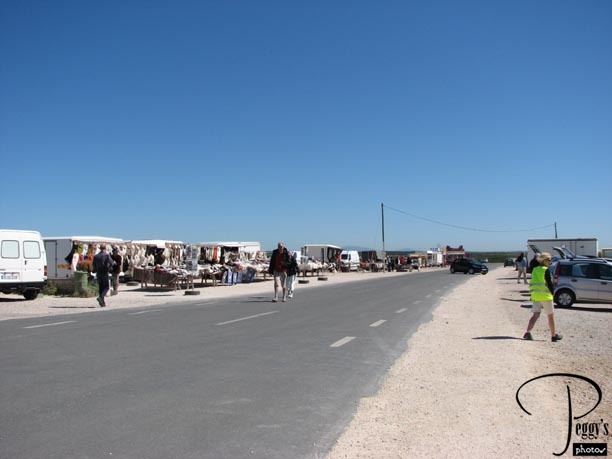
Long view of the vendors at Cape St. Vincent.

Cape St. Vincent
Cape St. Vincent
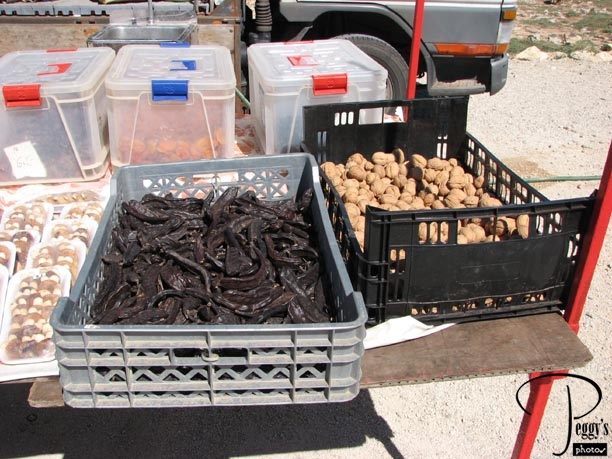
One of the vendors was selling cacao pods.

Cape St. Vincent
Cape St. Vincent
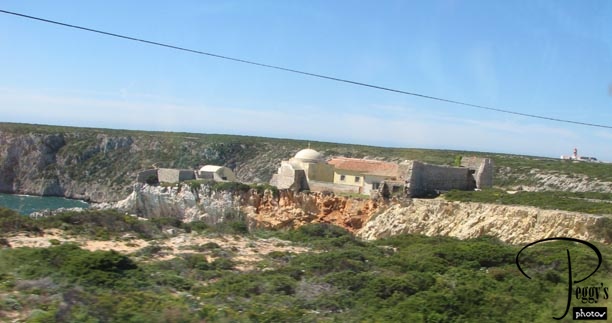
An old fort near Cape St. Vincent.

Cape St. Vincent
Cape Sagres
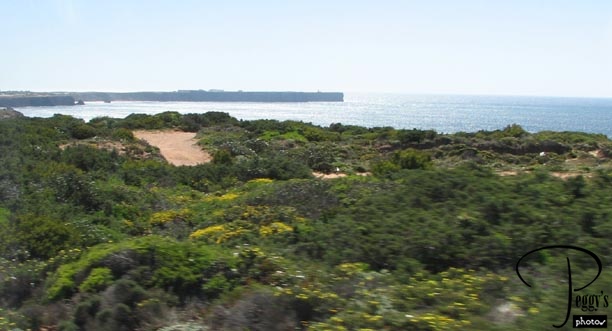
A view of Cape Sagres way in the background.

Cape Sagres
Cape Sagres
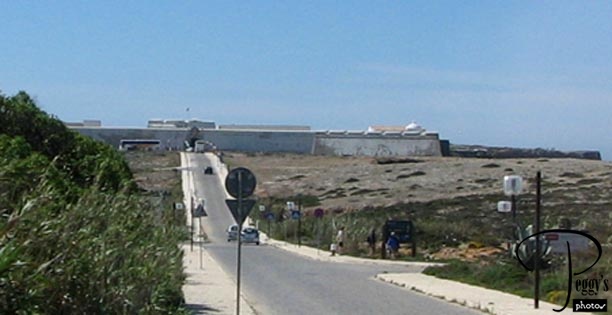
Entrance to the Sagres Fort and Navigator’s School, the school being established by Prince Henry the Navigator in 1420. Not much remains of the original school except a large wind–compass on the ground. There is also a museum to visit. We didn’t visit it.

Cape Sagres
Sagres
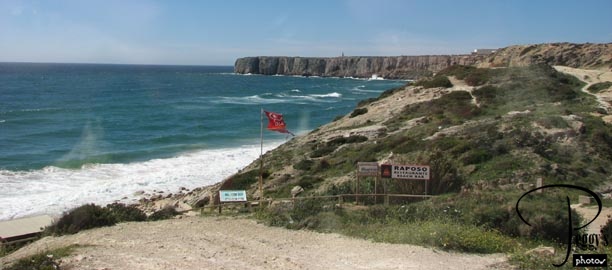
I was on the wrong side of the bus on my Globus tour to get this view when we went off the main highway to the overlook above Sagres harbor.

Sagres
Sagres
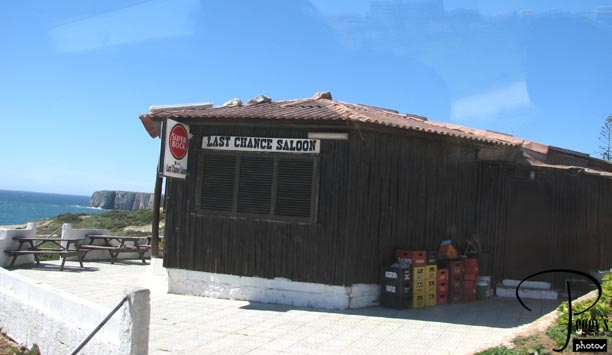
I also hadn’t seen the Last Chance Saloon.

Sagres
Sagres
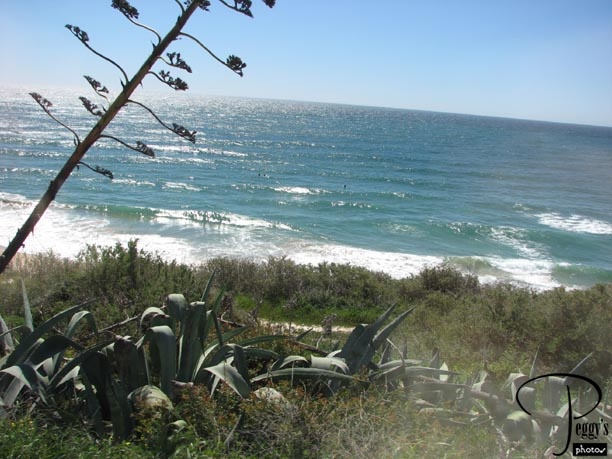
Another view.

Sagres
Sagres
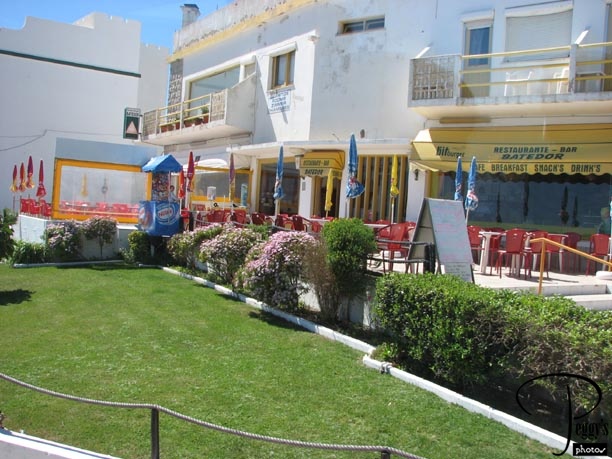
We stopped at the same spot as did our Globus tour.

Sagres
Sagres
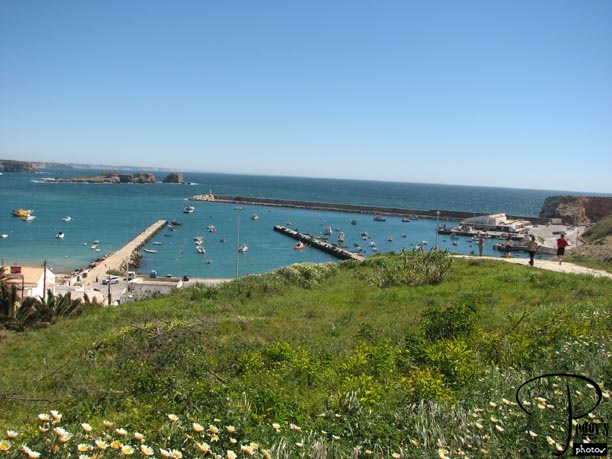
To view Sagres harbor.

Sagres
Sagres
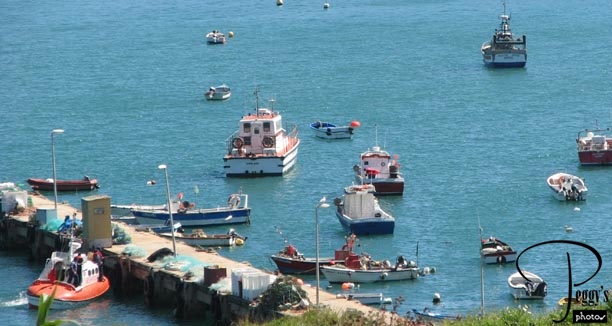
Boats in the harbor.

Sagres
Sagres
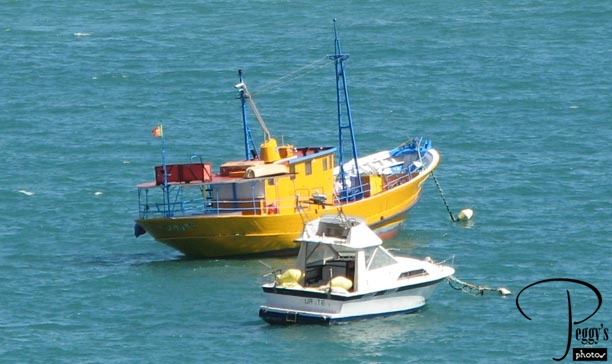
Very colorful fishing boat in the harbor.

Sagres
Lagos
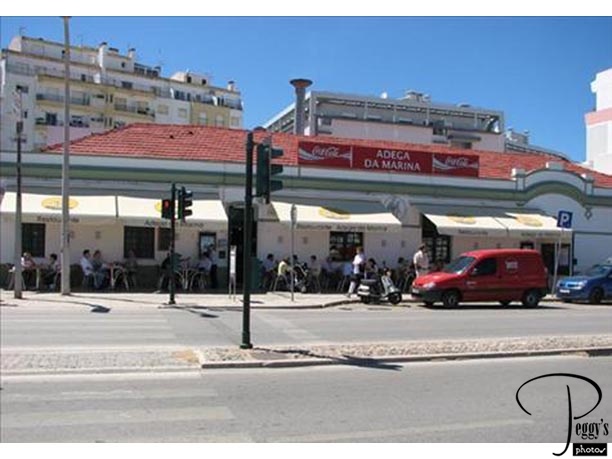
We went back to Lagos for lunch. You could find something to eat on your own or join a group going to the Restaurante Adega da Marina.

Lagos
Lagos
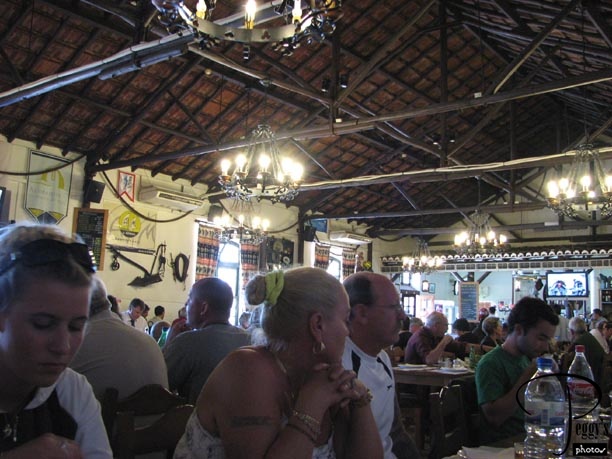
Inside the Adega da Marina––it was huge and completely filled with tour groups. You had a choice of either grilled sardines or chicken piri piri. Most the tour group came here for lunch and most had grilled sardines. As far as I could determine, I was again the only American on the tour. I ate lunch with people from England and Canada.

Lagos
Lagos
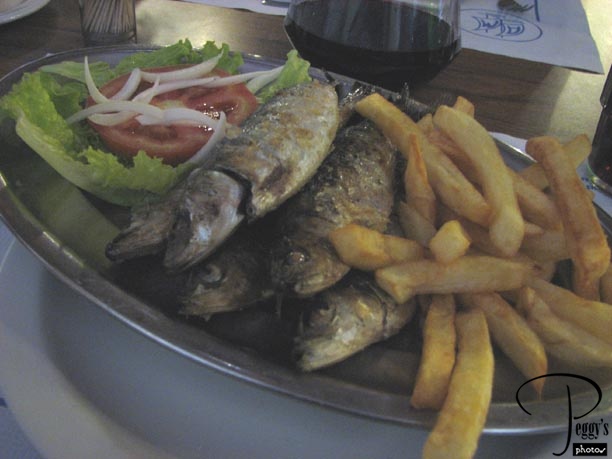
I ordered the grilled sardines. Here is the plate as it was served––five sardines. I remember somewhat the instructions Rui gave us on how to eat a sardine: First, cut off the head and then the tail. Next, remove the skin and then the spine. What you have left, not that much, you eat. However, there were still many small bones in what was left. The room was dark and it was hard to find all those little bones.

Lagos
Lagos
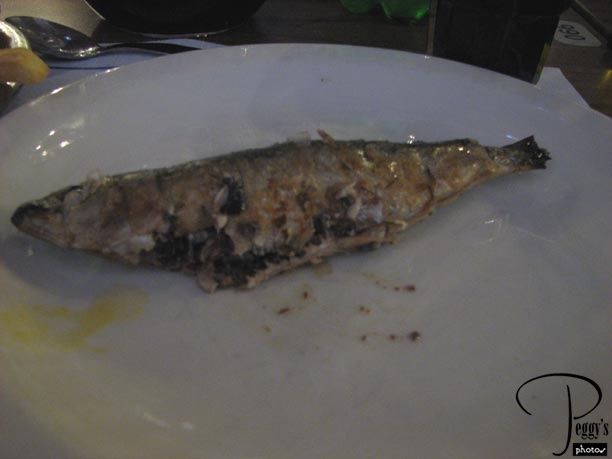
My last sardine. By this time, I was getting pretty good at preparing a sardine to eat. This extra plate was for sardine waste disposal, but I found that it was much easier working on a sardine on a separate plate. The sardines were really delicious, but way too much work.

Lagos
Lagos
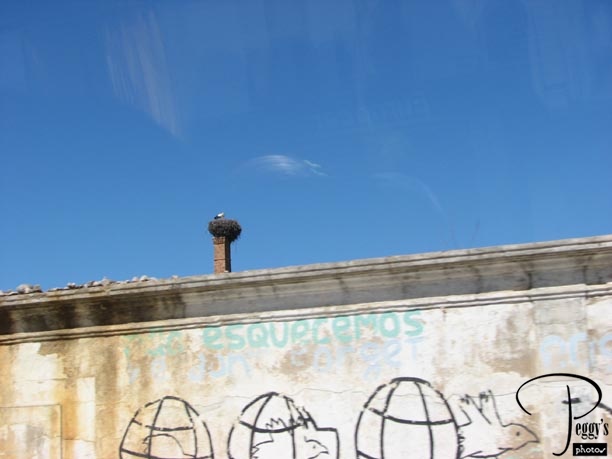
On my Globus tour, we had passed this smokestack with a stork’s nest on its top. I was ready this time to take a photo of it.

Lagos
Lagos
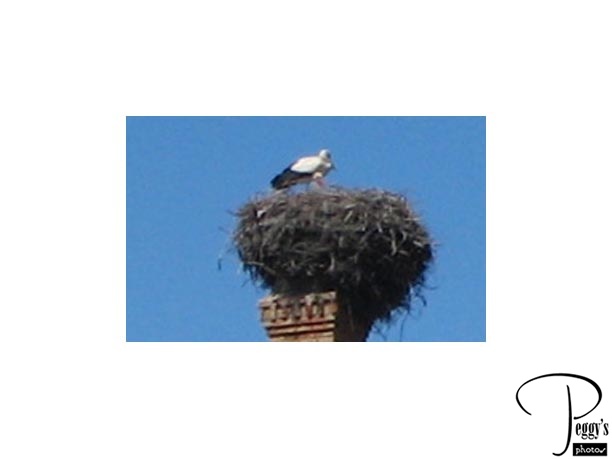
This is as much as I can enlarge the photo and keep it in focus.

Lagos
Lagos
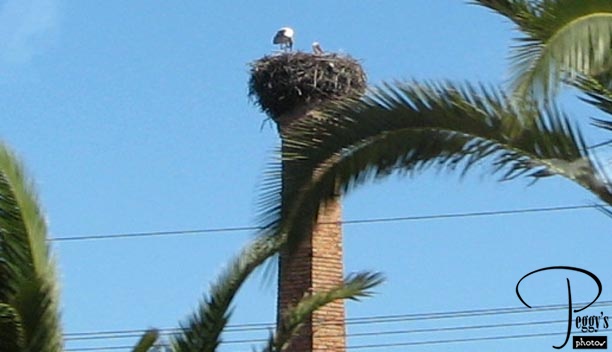
The nest seen from a different angle.

Lagos
Monchique
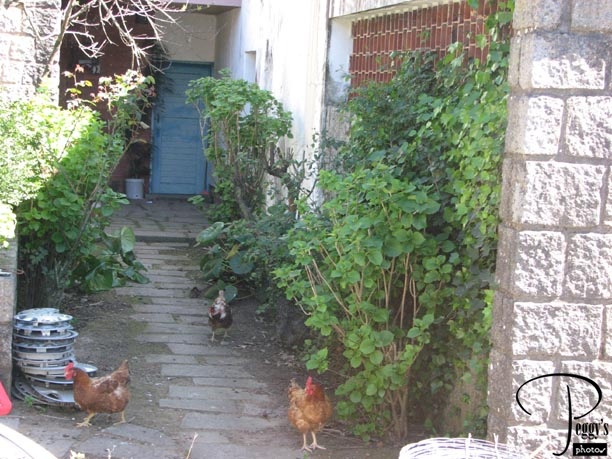
From Lagos, we went up the Serra de Monchique to stop at the mountain town of Monchique. I didn’t take any photos of going up the mountain because I fell fast asleep. When I woke up, the bus was empty and all I could see from my window were these chickens. I did find my tour group close by at a local handicraft store.

Monchique
Monchique
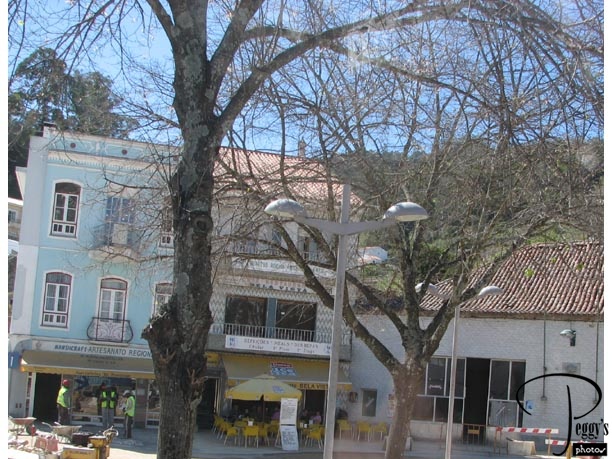
The only free time given in Monchique was to visit the handicraft store (at least I think so). It looked like an interesting town to walk around.

Monchique
Monchique
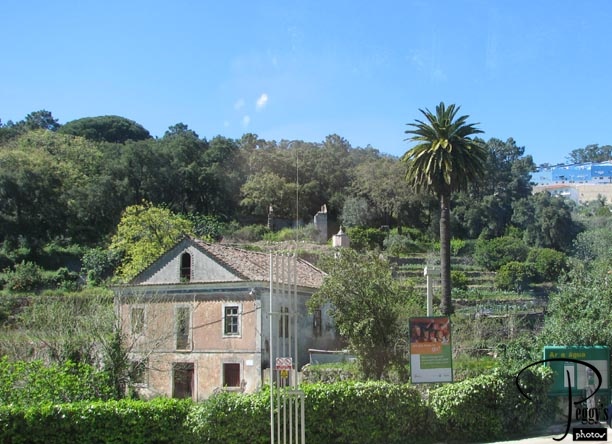
In the town of Monchique.

Monchique
Monchique
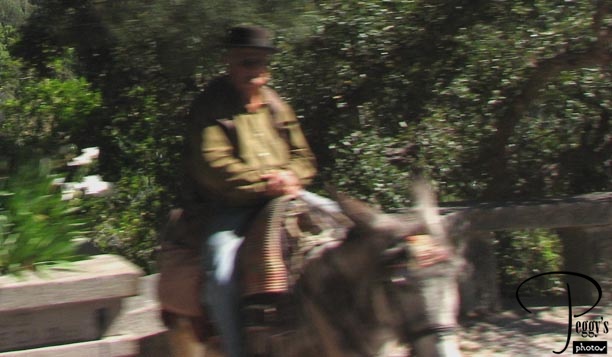
A very poor photo of a man on a donkey. I took the photo from the bus and have included it only because many of the books, etc., on the Algarve show a donkey. This is the one and only donkey I saw on the Algarve, but this proves there are donkeys here.

Monchique
Monchique
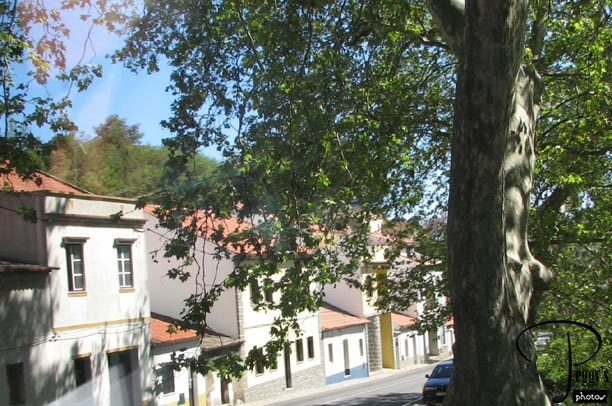
More of Monchique.

Monchique
Monchique
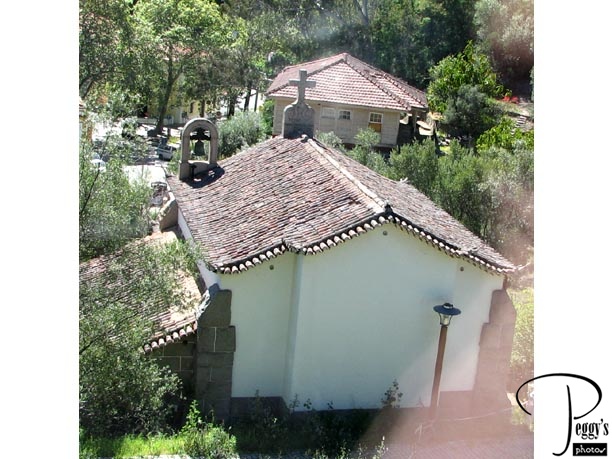
A church in Monchique.

Monchique
Silves
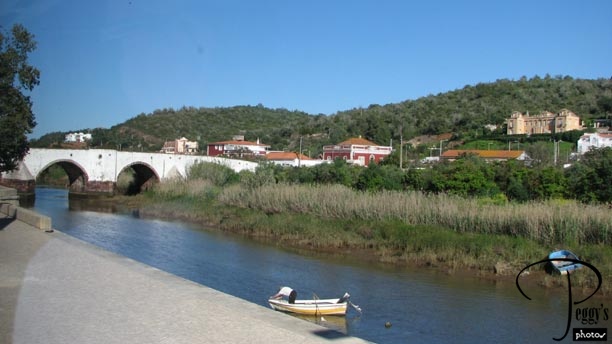
Our next stop was Silves, also an inland town. Arriving at Silves.

Silves
Silves
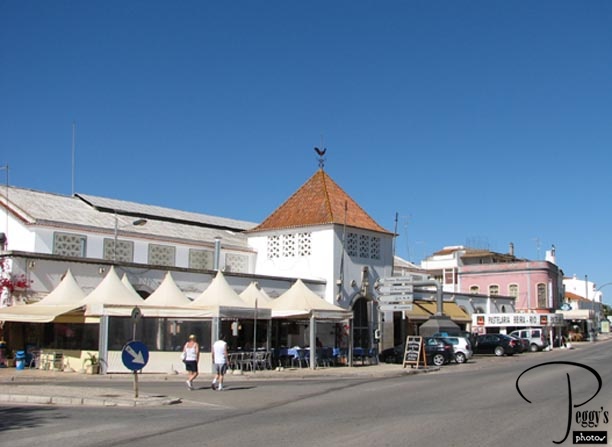
Anna asked us to join her for an optional very steep climb up a hill to a Moorish castle. Starting our walk.

Silves
Silves
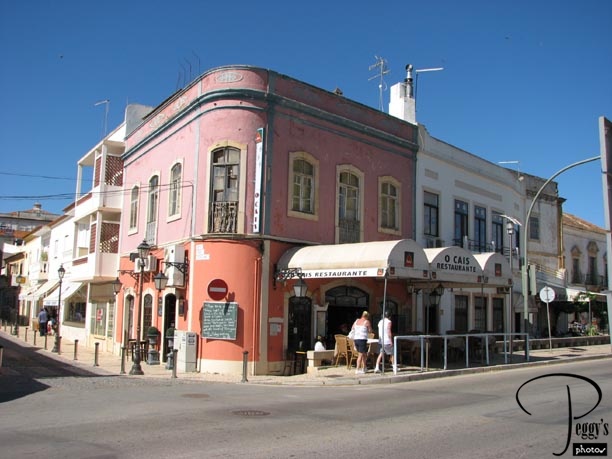
Farther along.

Silves
Silves

Through this alley.

Silves
Silves
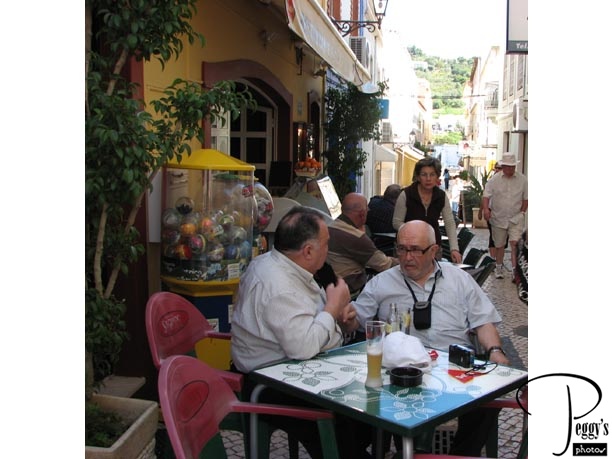
Past the diners.

Silves
Silves
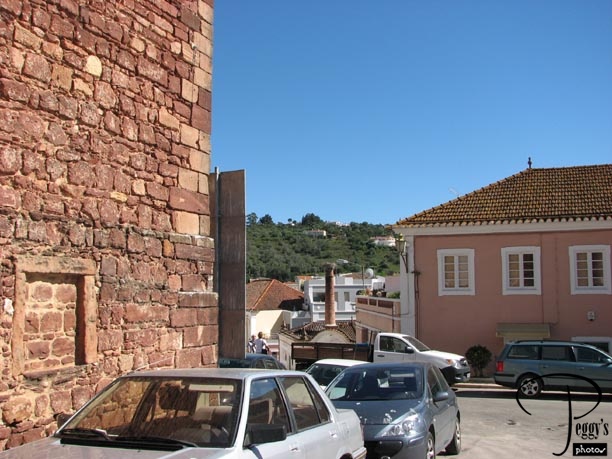
Farther up the hill. I spotted a smokestack with a nest on it.

Silves
Silves
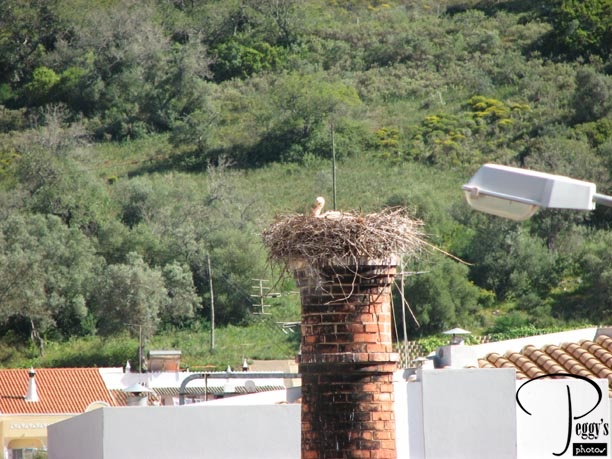
Closer–up view of the nest.

Silves
Silves
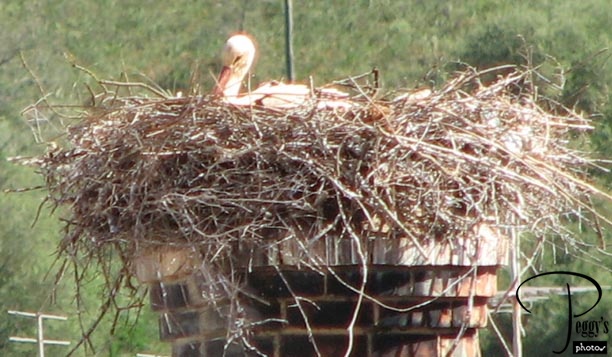
And closer–up. By its yellow color, this must be a baby stork.

Silves
Silves
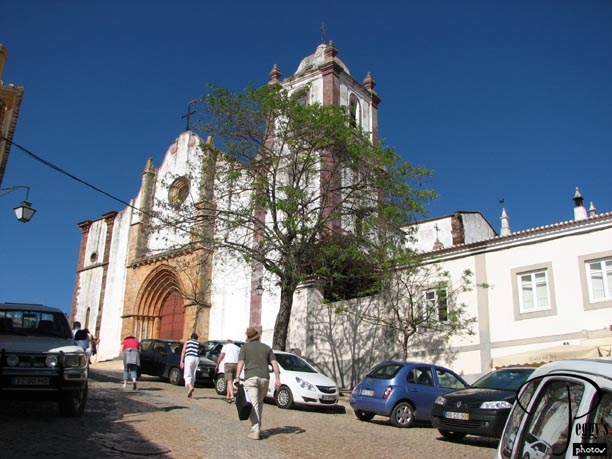
Near the top of the hill is the 13th–century Se.

Silves
Silves
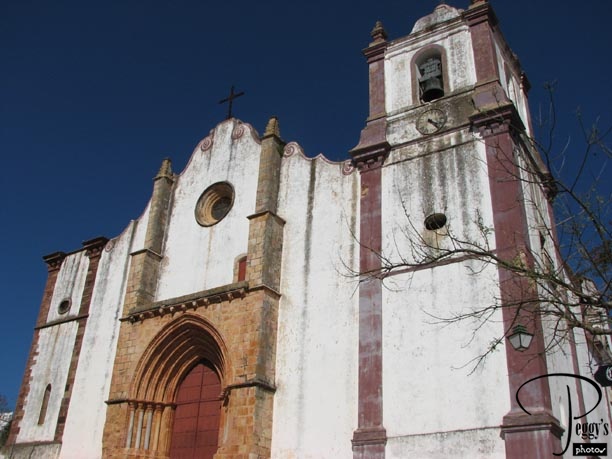
Another view of the Se. Anna told us it was made from sandstone.

Silves
Silves
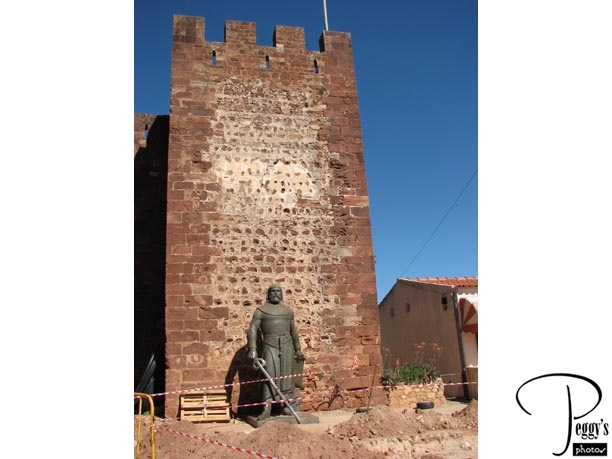
The Moorish castle. Silves was the Moorish capital of Xelb. In 1242, the Knights of Santiago defeated the Moors here.

Silves
Silves
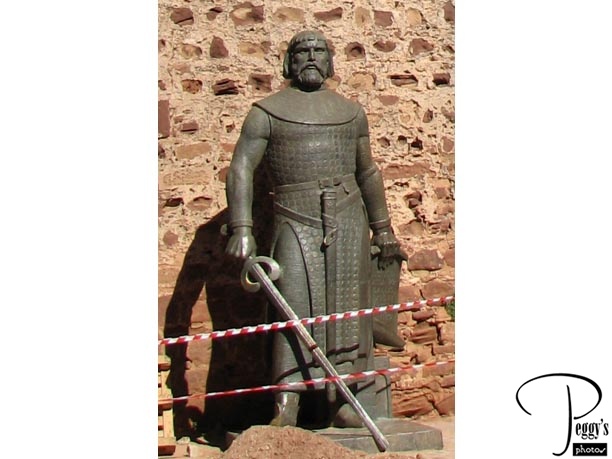
Close–up of the statue.

Silves
Silves
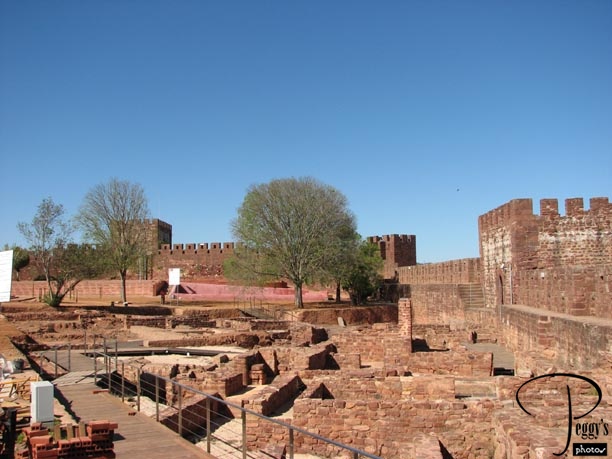
Inside the castle. It is undergoing reconstruction.

Silves
Silves
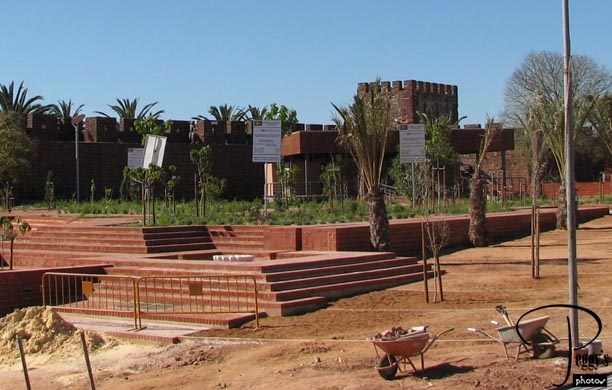
More of the castle.

Silves
Silves
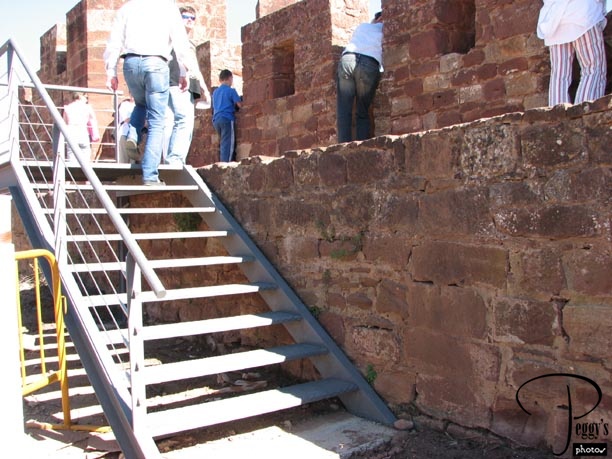
I climbed up the stairs to the ramparts.

Silves
Silves
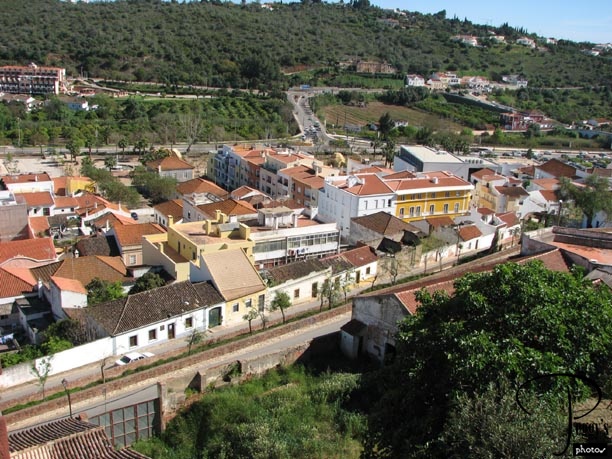
And took this photo of Silves from the ramparts.

Silves
Silves
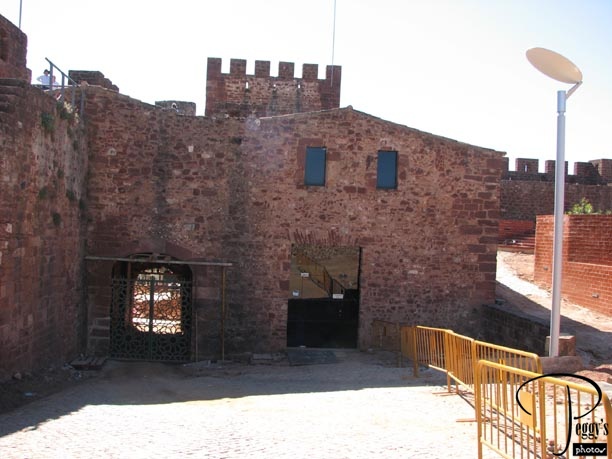
The exit from the castle was through the rectangular door and then through a dark passageway.

Silves
Silves

An old gate in the passageway.

Silves
Silves
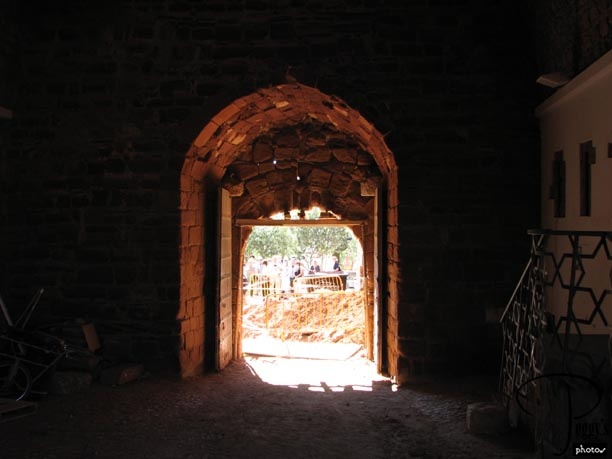
The opening to the outside.

Silves
Silves
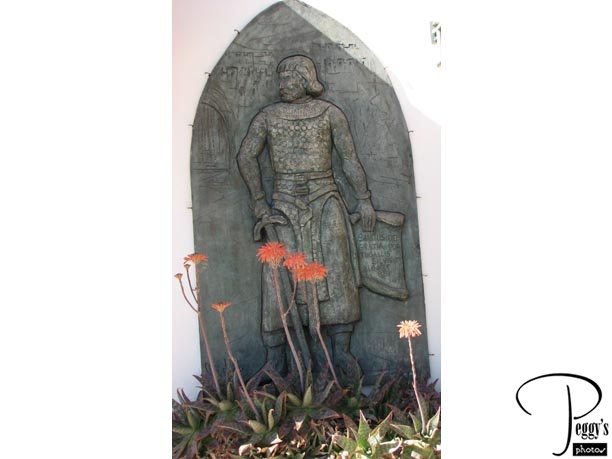
Seen on a building near the castle.

Silves
Silves
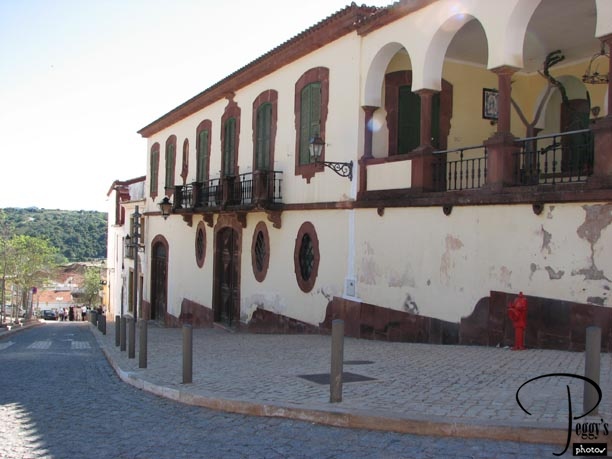
This building on the way down the hill may be a church.

Silves
Silves
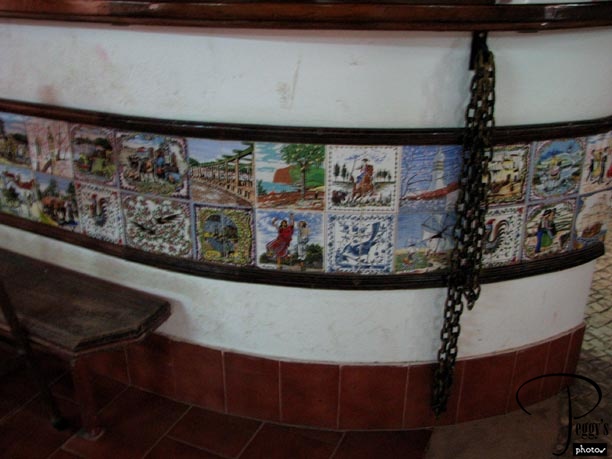
These tiles inside it could be seen when I walked past it.

Silves
Silves
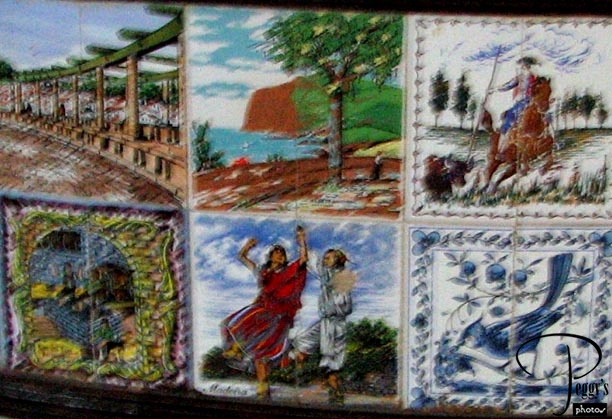
Close–up of the tiles.

Silves
Silves
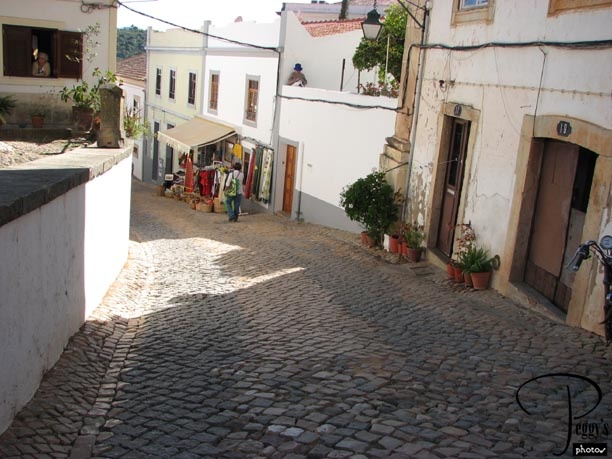
The walk down the hill over uneven sandstone cobblestones.

Silves
Silves
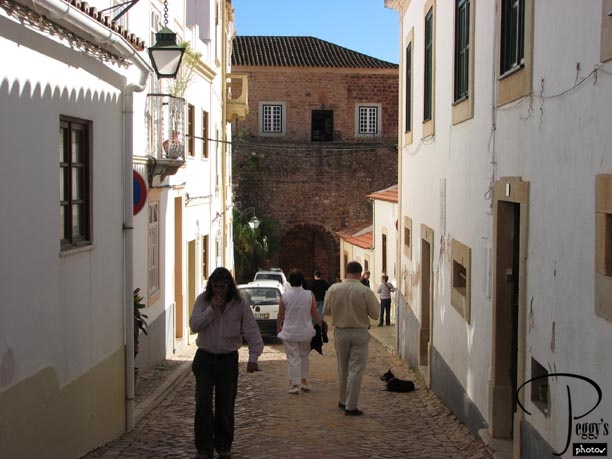
Farther down. We needed to walk through the arch.

Silves
Silves
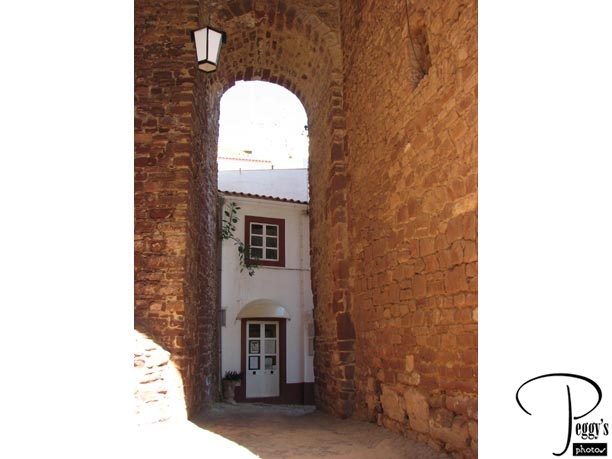
House seen through another opening in the arch.

Silves
Silves
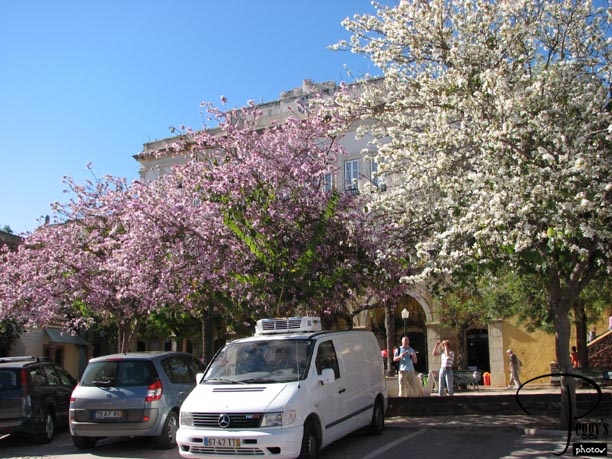
Beautiful trees in bloom.

Silves
Silves
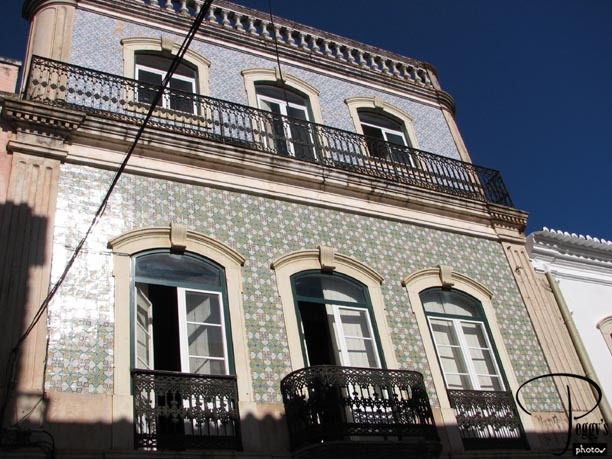
A house seen with different tiles on the top and on the bottom.

Silves
Silves
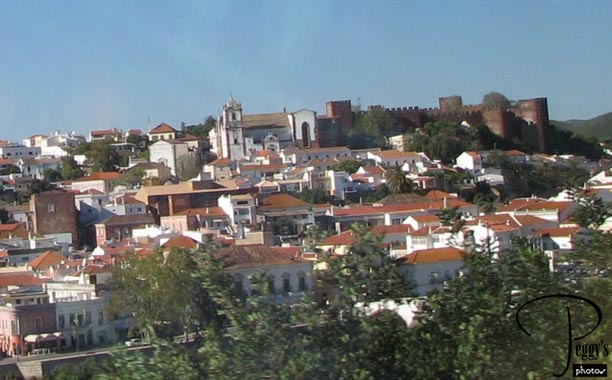
View of Silves taken from the bus, showing the Se and the castle.

Silves
Silves
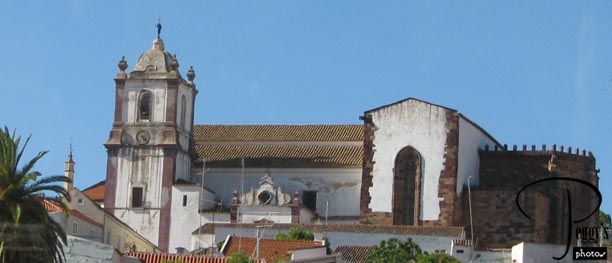
Close–up of the Se.

Silves
Vilamoura
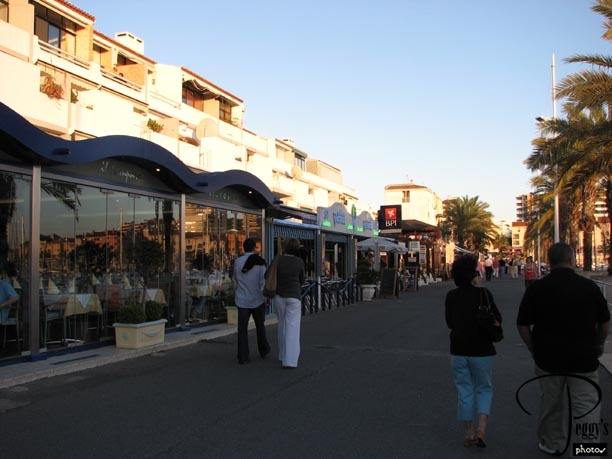
Back in Vilamoura. I took a walk close to sunset around the Marina, looking into almost every store to find a new carry–on bag to replace the one with collasped wheels. I found one at the very beginning of my walk but kept looking for a less expensive one––that was the only one I found and I bought it. Photo: the Marina at sunset.

Vilamoura
Vilamoura
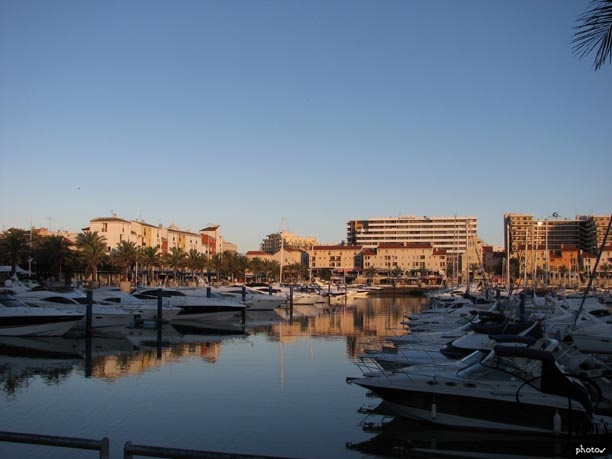
The Marina at sunset.

Vilamoura
Vilamoura
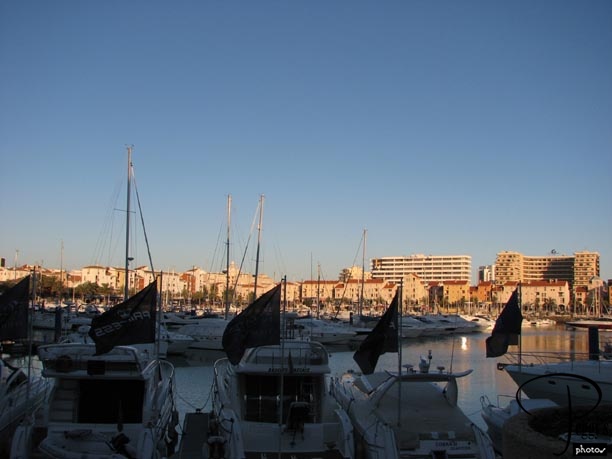
The Marina at sunset.

Vilamoura
Vilamoura
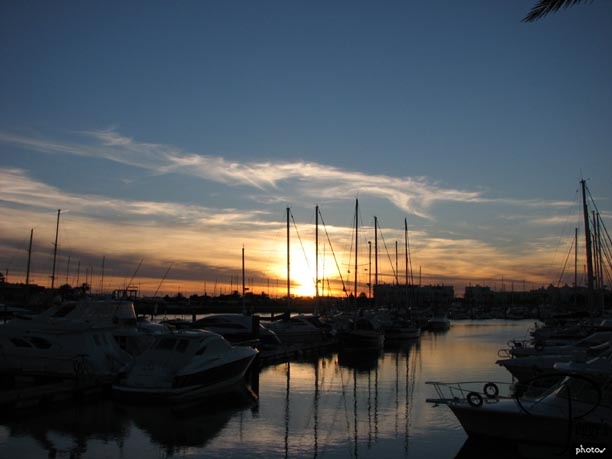
Back at my hotel, I took some more photos of the Marina.

Vilamoura
Vilamoura
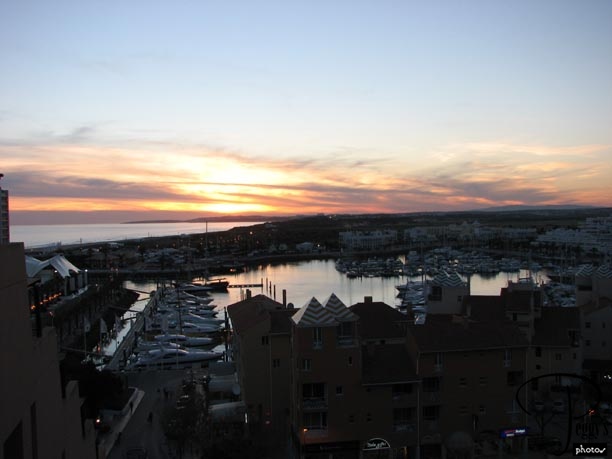
The Marina at sunset.

Vilamoura
Vilamoura
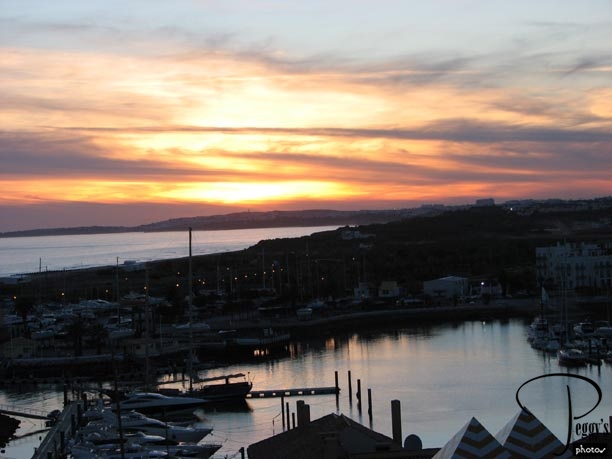
And one last one. I ate dinner at my hotel and then starting packing for my trip back to Lisbon tomorrow afternoon. I had to pack those three bottles of port in my suitcase. Each came in a cardboard sleeve wih a cap. First, I stuffed newspaper around the top of the bottles and then taped the caps. Then, I wrapped each bottle in newspaper and taped that and placed all three in a packing sleeve that I had used to keep pants and shirts from wrinkling. I used shirts from my laundry bag to keep the bottles from moving. Hal figured that each bottle weighed about 2 pounds for a total of 6 pounds. My suitcase weighed 40 pounds when I left LA but I had added things to it. So I took everything heavy out of my suitcase and put that in my carry–on bag, which made my carry–on so heavy I needed to ask people to lift it for me all the way home. But all the port bottles reached LA intact.

Vilamoura
Vilamoura
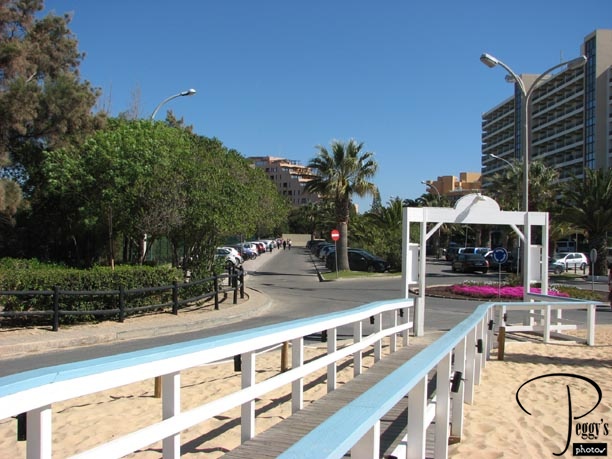
Friday morning. All packed with the morning free. I walked from my hotel to the beach––a short walk. You can see my hotel at the back of the photo.

Vilamoura
Vilamoura
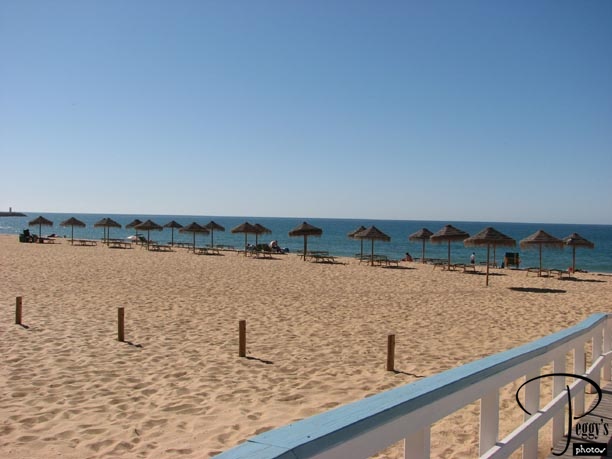
The beach at Vilamoura.

Vilamoura
Vilamoura
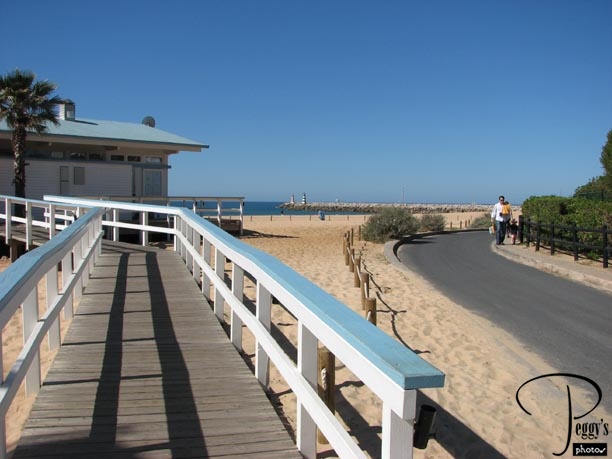
Boardwalk to a beach club. You can order drinks and food at the beach club and look out to the ocean. I ordered coffee and did just that. There were several such clubs on the beach.

Vilamoura
Vilamoura

Sailboat coming out of the Marina.

Vilamoura
Vilamoura
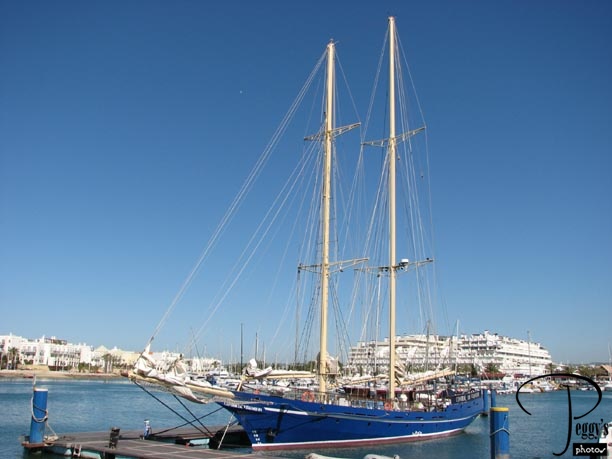
I took another walk around the Marina. This is the Condor de Vilamoura, a replica of the American fishing schooners built between 1825 and 1935. This one was built in Portugal in 1986 specifically for the tourist trade. It offers both 3–hour cruises and 7–hour cruises with a barbecue lunch on the beach. If I had another day in Vilamoura, I would have like to take one of their cruises. Other than this, there are cataman cruises, various watersports, day tours both to Lisbon and to Seville, Spain, along with, what most people do in Vilamoura––golf.

Vilamoura
Vilamoura

A convertible Smart Car seen at the Marina.

Vilamoura
Vilamoura
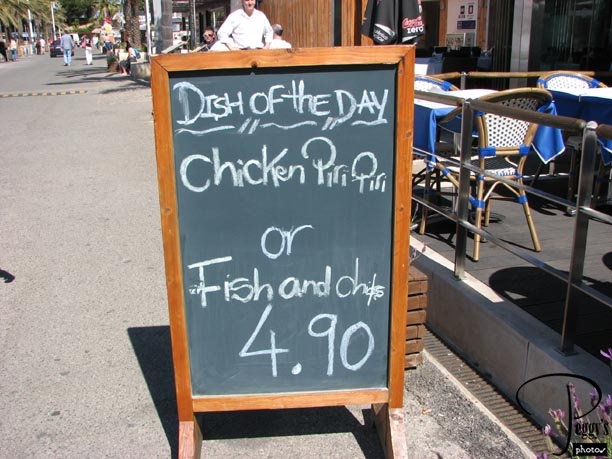
I wanted to try chicken piri piri, a Portuguese dish, before I left Portugal. This restaurant had a special on it. I was tired and not hungry yet, so I spent some time just people watching––that is, watching the English walk by. At my hotel and at the Marina, everyone was speaking with an English accent. I had not met an American in all the time I was here on my own––a bit of a strange feeling.

Vilamoura
Vilamoura
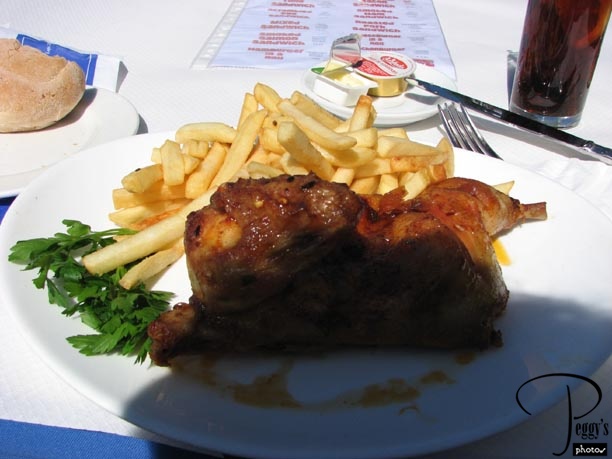
When I became hungry enough, I stopped English–people watching and ordered my chicken piri piri. It was very tasty but not at all as spicy as I was told it would be.

Vilamoura
Vilamoura to Lisbon
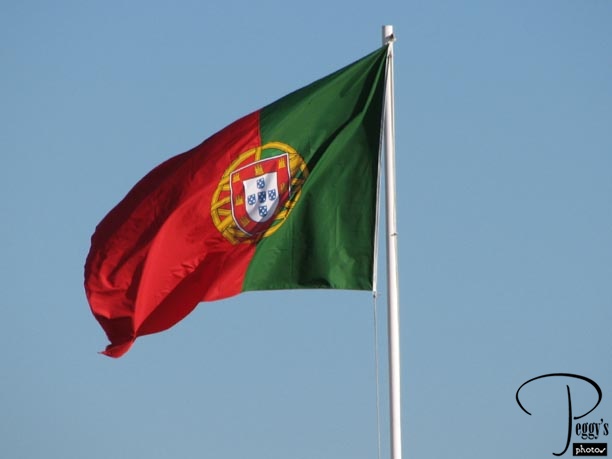
An airport shuttle picked me up in the early afternoon to take me to the airport in Faro. I would first fly back to Lisbon for the night as it is hard to get good connections to fly to LA via Faro. I was able to check my suitcase in all the way to LA, so I just had to lug my extra heavy carry–on when I got to Lisbon. I spent the night at the airport Radisson, a really nice hotel. In the computer room, I heard American English being spoken by a woman––she was from Minnesota. She told me that she had been in Lisbon for a week now and I was the first American that she had met. Rick Steves was in Portugal a couple of weeks after I was and, in his blog, also reported very few Americans here. So why are Americans staying away from Portugal? I truly loved Portugal and greatly enjoyed my trip. I flew home to LA from Lisbon via Frankfurt the next day with no problems cropping up.
